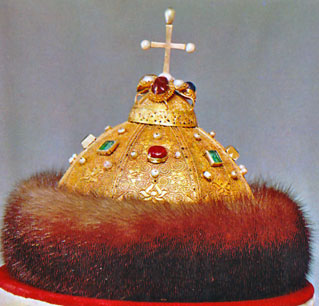
HIS 101
|

 This is the HIS 101 course website. On this page, you will find important information about the course and the links to the course assignment schedules (see below). Before You Start Your Work in the Course, You Must:

 HIS 101 reviews the general history of the West from about 3000 bce to 1600 ce and allows students to reach a basic understanding of the characteristic features of the West's historical development. The course also helps students to develop an understanding of the academic discipline of history and supports the general educational goals of historians and the college. Grading in the course is based on written assignments and on class work that demonstrates critical thinking.  If you successfully complete this course, you will be able to:
 Although there are no formal prerequisites for this course, please consider:
 Course grades are based on the following point scale:
 Course assignment schedule and deadlines For fall 2012, there are different schedule versions available:
Please make sure that you double-check your registration so that you know which one you signed up for. You can always finish faster than your course schedule, if you wish. There are specific assignment deadlines in this course, and these are listed on the course schedule. You may not submit late extra credit work from a course unit. You may submit any of the course assignments, or optional course assignments late, but the maximum point value will then be reduced by one-half. You are expected to make regular and steady progress in
completing your assignments and examinations. Please check your Blackboard online gradebook for
your grades. Once
you begin this course, it is your responsibility to withdraw if you do not
intend to finish it. If you do not
withdraw and if do not finish your course assignments, then you will receive a
grade based upon the work that you have
submitted. Usually, this grade is an "F."  Note that proper grammar, spelling and style are an inherent part of each assignment in this course. Please check Charlie's History Writing Center for more information. (You can also watch the short YouTube video about the center.) Any student caught cheating in this course will be subject to disciplinary action. |
||||||||||||||||||||||||||||||||||||||||||||||||||||||||||||||||||||||||||||||||||

|
The Cap of Monomakh (Шапка Мономаха in Russian) was one of the traditional symbols of the medieval Russian monarchy. There is no agreed-upon certainty about the cap's origin, although it probably dates to the fourteenth century, or how the cap became one of the important symbols of the Russian autocracy, but all kingships/monarchies had their specific symbols, which always included a crown of some sort. The Russians were no exception to that. According to Russian legend, the Byzantine emperor sent this crown to Vladimir Monomakh, Grand Prince of Kiev, sometime in the early twelfth century, and it was used during the coronation ceremonies of the Russian tsars in the sixteenth century--a small gap in time. Peter the Great replaced the "cap" with a more formal, imperial crown in the early eighteenth century. |

|
|
|
|
All materials on this
site
are copyright © 2011-12, C. T. Evans
For information contact cevans@nvcc.edu